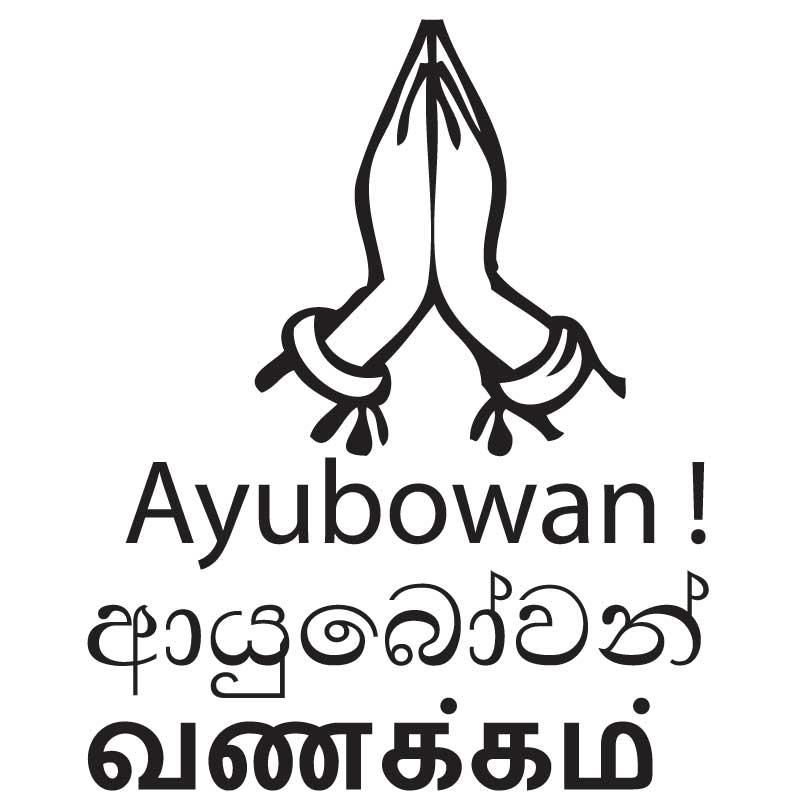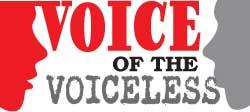05 Feb 2020 - {{hitsCtrl.values.hits}}

 Our beloved country has always been steeped in traditions that have been passed down from generation to generation!!! Sri Lanka is a land of mystery, a land whose history, culture and traditions remain even today; they are some of the most exquisite yet remain totally alien to the world at large. Perhaps it is correct to say that one simply has to be Sri Lankan in order to understand the culture, the customs and the traditions that are ingrained in us and integrated into our way of life. It is a way of thinking, a way of behaving and of doing things that have come down through the ages. The beauty of the Sri Lankan culture is that it revolves around the two main religions of Buddhism and Hinduism, but Christianity and Islam also have a peaceful co-existence. It is not unusual to see all four religions gathered together and generally they exist in peaceful harmony but sadly sometimes some extremists cause terrible bloodshed and destruction like the untenable Easter Sunday attacks of 21/4.
Our beloved country has always been steeped in traditions that have been passed down from generation to generation!!! Sri Lanka is a land of mystery, a land whose history, culture and traditions remain even today; they are some of the most exquisite yet remain totally alien to the world at large. Perhaps it is correct to say that one simply has to be Sri Lankan in order to understand the culture, the customs and the traditions that are ingrained in us and integrated into our way of life. It is a way of thinking, a way of behaving and of doing things that have come down through the ages. The beauty of the Sri Lankan culture is that it revolves around the two main religions of Buddhism and Hinduism, but Christianity and Islam also have a peaceful co-existence. It is not unusual to see all four religions gathered together and generally they exist in peaceful harmony but sadly sometimes some extremists cause terrible bloodshed and destruction like the untenable Easter Sunday attacks of 21/4.
Most of our traditions go right back to the time when people like our grandparents and great grandparents cherished these beautiful ways of thinking, behaving and doing things which would have been unthinkable for them not to. If the matriarchs and patriarchs of yore were alive today, they would have been horrified at the scope of changes that have taken place and the way of doing things that have been replaced with modern methods. Looking at it realistically though, we have to allow that society has advanced in leaps and bounds and people are no longer content to stay within the confines of age old traditions. The present attitude is get up and go, get things done; don’t wait for servants or others to do it for you. In the past you would not have even dreamt of ordering a meal for auspicious occasions, but have it cooked at home instead, today it is the accepted norm! In the case of funerals, like ‘mala batha’ or danas it would have been considered a sacrilege to have such an event catered to from a five-star or any hotel; but today, the more opulent the better.
The culture of Sri Lanka mixes modern components with traditional aspects and is known for its cultural diversity. Sri Lankan culture has been influenced by the heritage of Buddhism, and Sinhala language is the mother tongue of the Sinhalese. It is one of the constitutionally-recognized official languages of Sri Lanka, along with Tamil
The culture of Sri Lanka mixes modern components with traditional aspects and is known for its cultural diversity. Sri Lankan culture has been influenced by the heritage of Buddhism, and Sinhala language is the mother tongue of the Sinhalese. It is one of the constitutionally-recognized official languages of Sri Lanka, along with Tamil. Tamil is the language spoken by the Tamil population of Sri Lanka. In addition to Buddhism, Hinduism, Catholicism and Islam are also practiced. In the present day, Sri Lankans favour unity and it is not unusual to see these four religions gathered together on the same pilgrimage site. In this country it is customary to visit temples and kovils with bare feet. Even visitors must comply with this rule.
“Rice and curry” is the national dish of the country. A complete meal of rice is surrounded by all sorts of tasty curries. The types of curry vary from meats, poultry and fish curry to vegetable and yam curries. These curries are flavoured with many spices. These are accompanied by sambols, tasty papadam and various chutneys. In Sri Lanka, food is eaten with your right hand. Sri Lankans enjoy coming together at meal time as a family or with friends. The national drink is invariably tea;, it is strong and can be taken sweet, with lemon, black or with milk.
There are quite a few cultural pageants dominated mainly by the peraharas which are traditional and parade the streets on most of the important Poya Days, beginning with the Gangarama Perahera, Bellanwila, Kotte Rajamahavihara, Kelaniya, Devundara, Kataragama and the Kandy Esala Perahera being the most spectacular and taking pride of place in the Cultural Calendar. Beautifully adorned elephants, tuskers actually, carrying the sacred relics. The peraharas are a blaze of colour with varied dancers in beautiful costumes and also a lot of acrobatics
There are also symbols of national culture that reflect a more integrated national identity. For instance, the colour blocks on the nation’s flag represent each of Sri Lanka’s three major ethnic groups. The Sri Lankan elephant is a symbol of national heritage and of prosperity, both for its long association with wealth and royalty and for its association with Ganesh, the elephant-headed Hindu god of wealth. The betel leaf and oil lamp are used to mark special occasions. Images of the island’s natural resources, such as palm trees, gems, and beaches, are promoted as part of the tourist industry and other international commercial enterprises.
The older generation of Sri Lankans will use the traditional greeting of palms clasped together and say “ayubowan” (May you be blessed with a long life). Tamils would say “vanakkam” (May you be blessed with a long life). People generally shake hands at business and social gatherings
Beginning with the Buddhist culture, ANY visitor to a Temple is expected to leave footwear out and go in barefoot. The same is expected in the Hindu Kovils. These are two traditions which, as far as I am aware, have never been violated. In the golden days of yore, children always went to their parents and other elders to receive their blessing before leaving for school or for any outing. When visiting houses, most elders were also greeted with hands joined – now it is sadly not even remembered or should I say, conveniently forgotten. In times of celebration, elders were always given priority, whether in receiving blessings from them or giving gifts to them. Today, children do not care; they are immune to tradition and think people who adhere to tradition are slightly touched in the head!!!
Typical greetings depend on the racial group one belongs to but Sri Lankans do not expect foreigners to be aware of such differences. The older generation of Sri Lankans will use the traditional greeting of palms clasped together and say “ayubowan” (May you be blessed with a long life). Tamils would say “vanakkam” (May you be blessed with a long life). People generally shake hands at business and social gatherings.
There are many more fascinating traditions, beliefs, and practices in Sri Lanka which would cover volumes.
THE VOICE
17 Dec 2024 53 minute ago
17 Dec 2024 2 hours ago
17 Dec 2024 3 hours ago
17 Dec 2024 4 hours ago
17 Dec 2024 5 hours ago